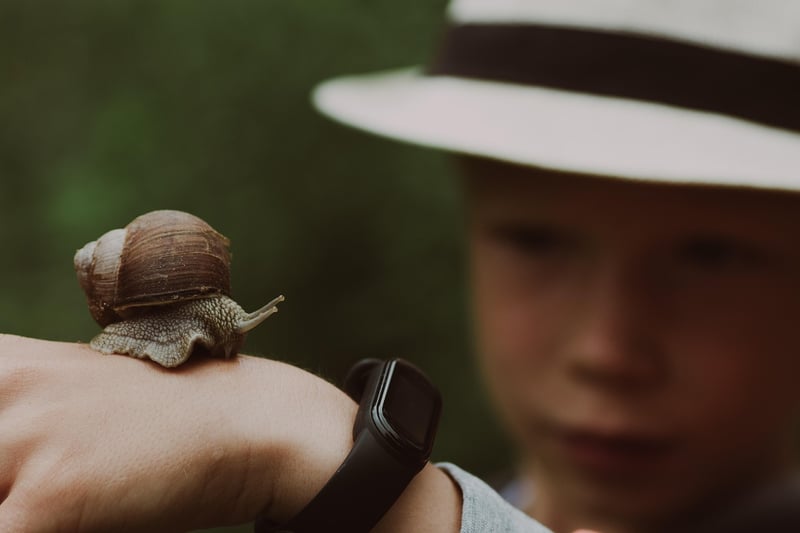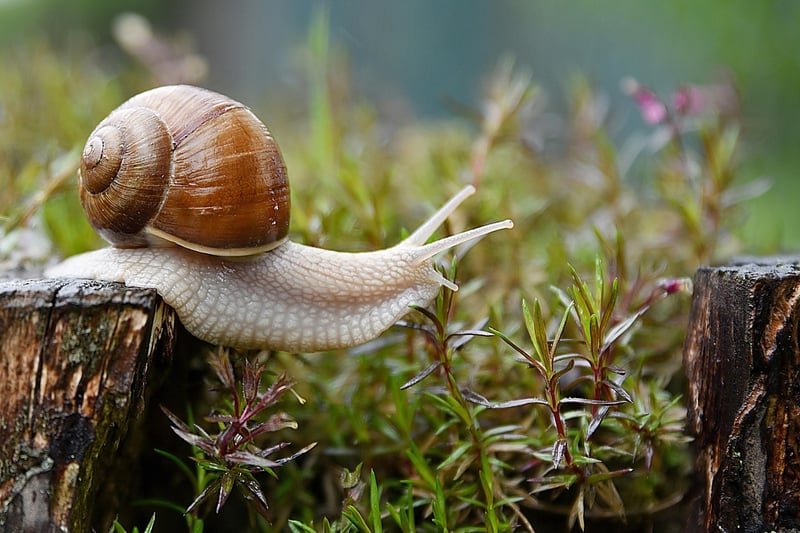Slugs
Dealing with Common Pests: Slugs
Slugs are common garden pests that can cause significant damage to plants. These slimy creatures feed on a wide variety of vegetation and are particularly active in moist environments. If left unchecked, slugs can quickly decimate a garden. However, there are several effective methods for controlling and repelling slugs to protect your plants.
Identification
Slugs are soft-bodied, shell-less creatures that typically range in size from half an inch to several inches long. They are usually black, gray, or brown and move by gliding along a trail of slime they secrete. Slugs are most active at night and on overcast days when the ground is moist.
Damage
Slugs feed on leaves, stems, flowers, and fruits of many plants. Their feeding causes irregular holes and damage to the foliage, which can stunt plant growth or even kill young plants. Slugs are particularly fond of seedlings and tender, young plants.
Control and Prevention
- Handpicking: One of the most effective methods of dealing with slugs is to handpick them off plants, especially during the evening hours.
- Barriers: Creating physical barriers like copper tape or diatomaceous earth around plants can deter slugs from reaching them.
- Natural Predators: Encouraging natural predators like frogs, toads, and birds can help keep slug populations in check.
- Beer Traps: Burying containers filled with beer in the ground can attract and drown slugs.
- Organic Repellents: Sprinkling coffee grounds, eggshells, or wood ash around plants can act as a natural deterrent for slugs.
Conclusion
By implementing these control and prevention methods, you can effectively manage slug infestations in your garden and protect your plants from damage. Regular monitoring and quick action are key to keeping slug populations under control and ensuring a healthy garden.

